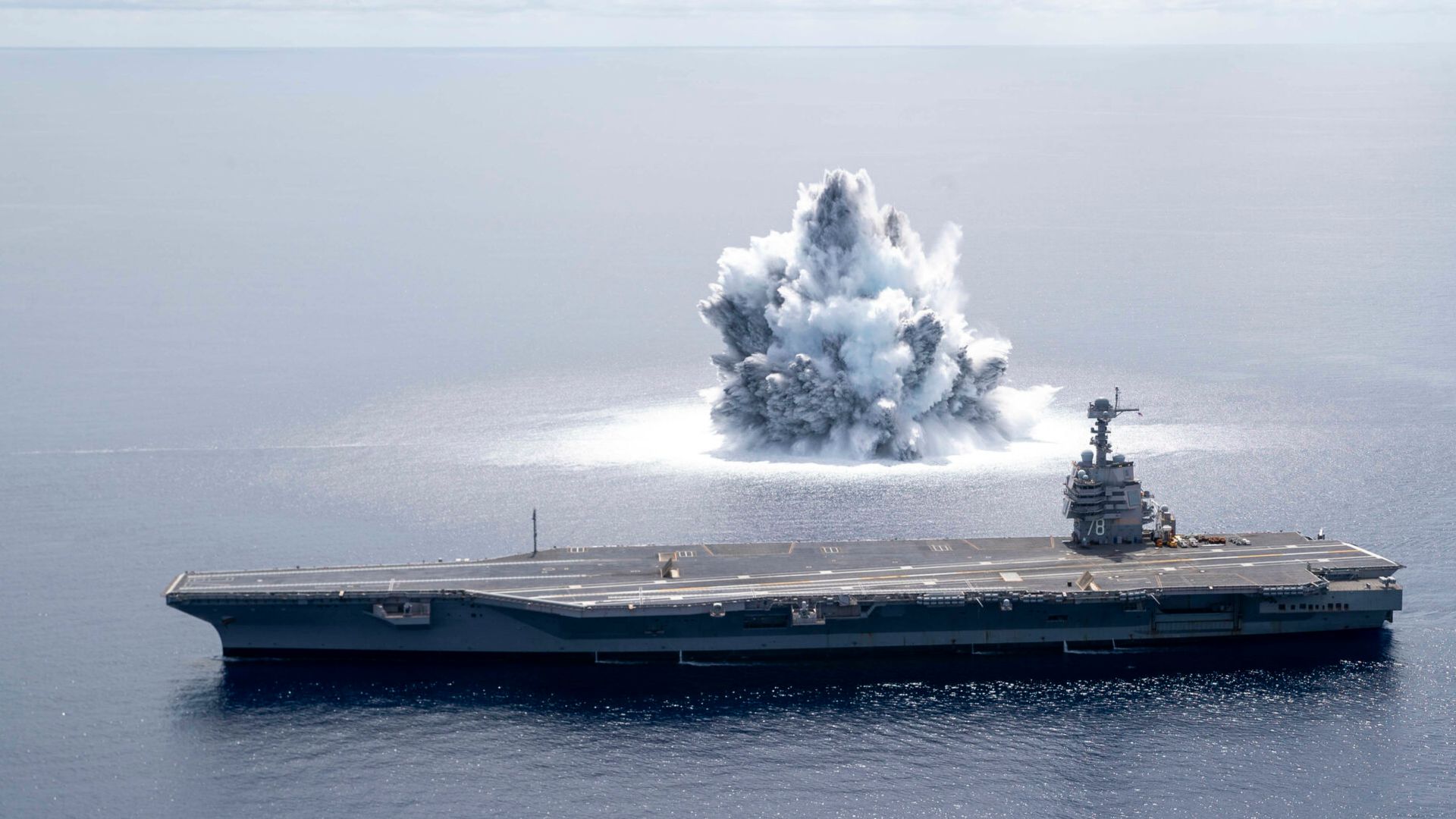
China sinks largest US Navy vessel and carrier group in war game simulations
Media Landscape
This story is a Media Miss by the left as only 0% of the coverage is from left leaning media.
Learn more about this dataLeft 0%
Center 50%
Right 50%
KARAH RUCKER: ACCORDING TO WAR GAME SIMULATIONS RUN BY A TEAM OF CHINESE MILITARY PLANNERS, HYPERSONIC WEAPONS WOULD DESTROY THE LARGEST AND MOST EXPENSIVE VESSEL IN THE US NAVY WITH QUOTE “CERTAINTY.”
IN A SERIES OF MORE THAN 20 DIGITALLY SIMULATED BATTLES, CHINESE FORCES SUCCESSFULLY SANK THE USS GERALD R. FORD AND ITS ACCOMPANYING CARRIER BATTLE GROUP USING A THREE-WAVE ATTACK OF TWENTY FOUR HYPERSONIC ANTI-SHIP MISSILES.
OVER THE COURSE OF THE SIMULATION, OUT OF THE SIX AMERICAN VESSELS IN THE FLEET, THE CHINESE MILITARY HAD AN AVERAGE DESTRUCTION RATE OF 5.6 SHIPS.
THE WAR GAME ALSO DEMONSTRATED THAT ONE OF THE CHINESE HYPERSONIC MISSILE MODELS HAD A RANGE OF OVER TWO THOUSAND MILES, COULD SINK A CARRIER OR LARGE WARSHIP WITH JUST TWO HITS, AND HOLDS A SUCCESS RATE OF NINETY PERCENT.
ACCORDING TO A CHINESE REPORT ON THE RESULTS OF THIS TEST, THEY AIMED TO PROVIDE A REALISTIC ASSESSMENT OF A POTENTIAL BATTLE BY BEING QUOTE “LENIENT WITH THE ENEMY AND STRICT WITH ONESELF.”
THE USS GERALD FORD IS CURRENTLY IN THE MIDST OF ITS MAIDEN COMBAT MISSION AND SECOND DEPLOYMENT AFTER DEPARTING FROM NORFOLK, VIRGINIA EARLIER THIS MONTH.
THE VESSEL CAME WITH A MORE THAN THIRTEEN BILLION DOLLAR PRICE TAG, AS IT BOASTS A NUMBER OF NEXT-GENERATION TECHNOLOGIES INCLUDING ELECTROMAGNETIC CATAPULTS AND ADVANCED WEAPONS ELEVATORS.
WHILE THE USS GERALD FORD WAS THE TARGET OF THESE LATEST SET OF SIMULATIONS, THE CHINESE MILITARY HAS RUN A NUMBER OF SIMILAR WAR GAMES ON AMERICAN TARGETS IN THE PAST, SUCH AS A POSSIBLE CONFRONTATION WITH US FORCES DURING A HYPOTHETICAL INVASION OF TAIWAN.




